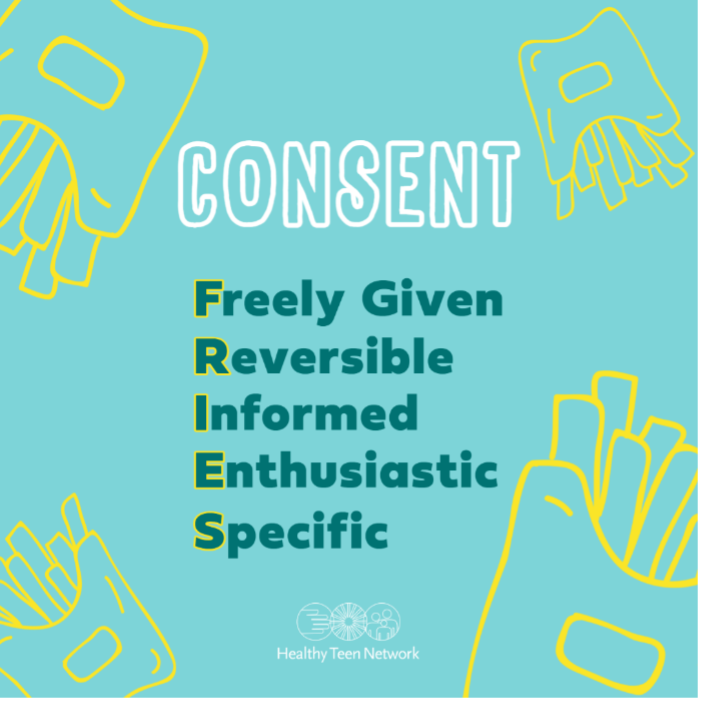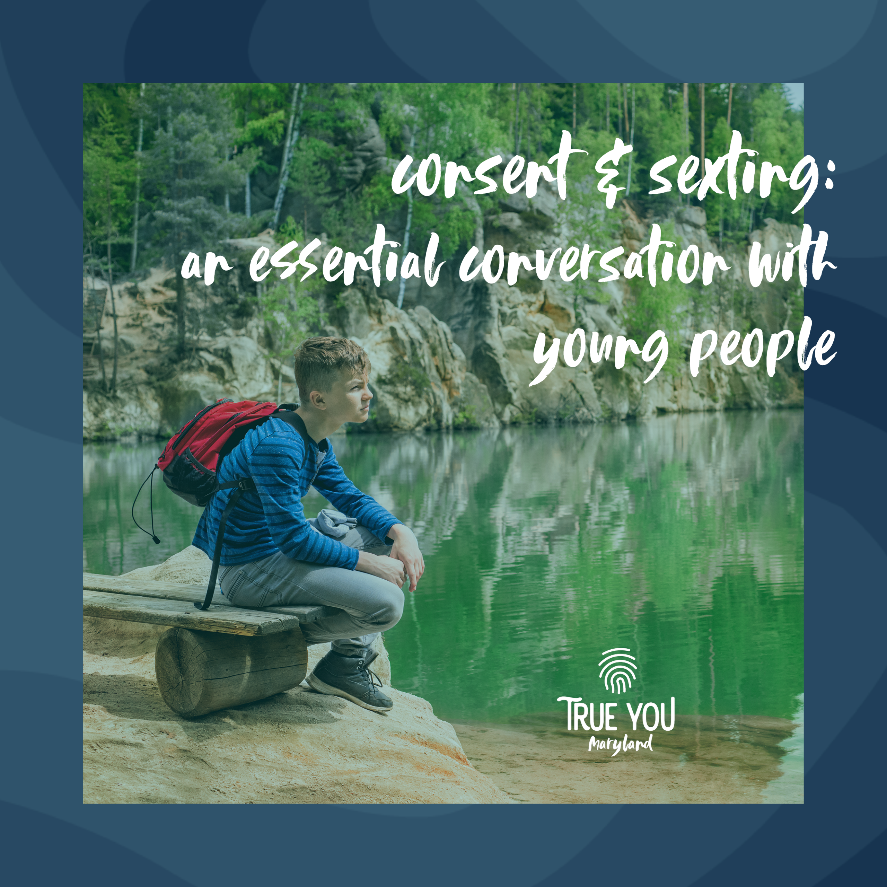

By Allison Tomai Felsen
February 17, 2022
A study published in 2018 by JAMA Pediatrics found that sexting is becoming a more common practice among youth: about 1 in 7 adolescents reported that they have sent sexts, and about 1 in 4 reported receiving sexts.
Fast forward to today and after spending the last two years in pandemic-induced social distancing, we can imagine those numbers have increased, as dating and intimacy IRL has moved more online than ever before. (Check out our COVID Love Stories series on Instagram for examples of how young people were navigating relationships, sex, gender identity, and intimacy in the past few years.)
That means it is essential that we talk to young people about sexting and digital consent, so we can empower them with the education and skills they need to understand and recognize appropriate, inappropriate, and unacceptable behavior.
Let’s get you started with some of the basics.
Sexting means sending sexual photos, messages, or videos through your computer or phone. Regardless of what is in your text or post, consent should always be a part of those interactions.
Consent is as easy as FRIES.

Attribution: Based on an acronym and definitions created by Planned Parenthood.
Freely Given.
Doing something sexual with someone is a decision that should be made without pressure, force, manipulation, or while drunk or high.
Reversible.
Anyone can change their mind about what they want to do, at any time. Even if you’ve done it before or are in the middle of having sex.
Informed.
Be honest. For example, if someone says they’ll use a condom and then they don’t, that’s not consent.
Enthusiastic.
If someone isn’t excited, or really into it, that’s not consent.
Specific.
Saying yes to one thing (like going to the bedroom to make out) doesn’t mean they’ve said yes to others (like oral sex).
Recently, True You Maryland hosted a training on how to engage young people in conversations about consent and sexting. Interested in learning more? You can check out the free recording of the training session to learn ways to encourage young people to make informed decisions in the realities of the digital world.

Because this training was originally designed for our partners in Maryland, it shares examples using Maryland laws on sexting and the difference between consensual sexting, non-consensual sexting, and non-consensual image sharing. You will also learn about what happens, legally, when someone engages in non-consensual sexting and image sharing, and which services are available to young people who may need support and legal resources.
You can also check out these resources for more information on how to talk to young people about sexting and consent:
PHOTO CREDIT: Photo by Karsten Winegeart on Unsplash
Allison Tomai Felsen is a Communications Manager for Healthy Teen Network who provides design and communications expertise for projects and manages our website. Allison and her husband are proud parents of two pups and three cats. Read more about Allison.












